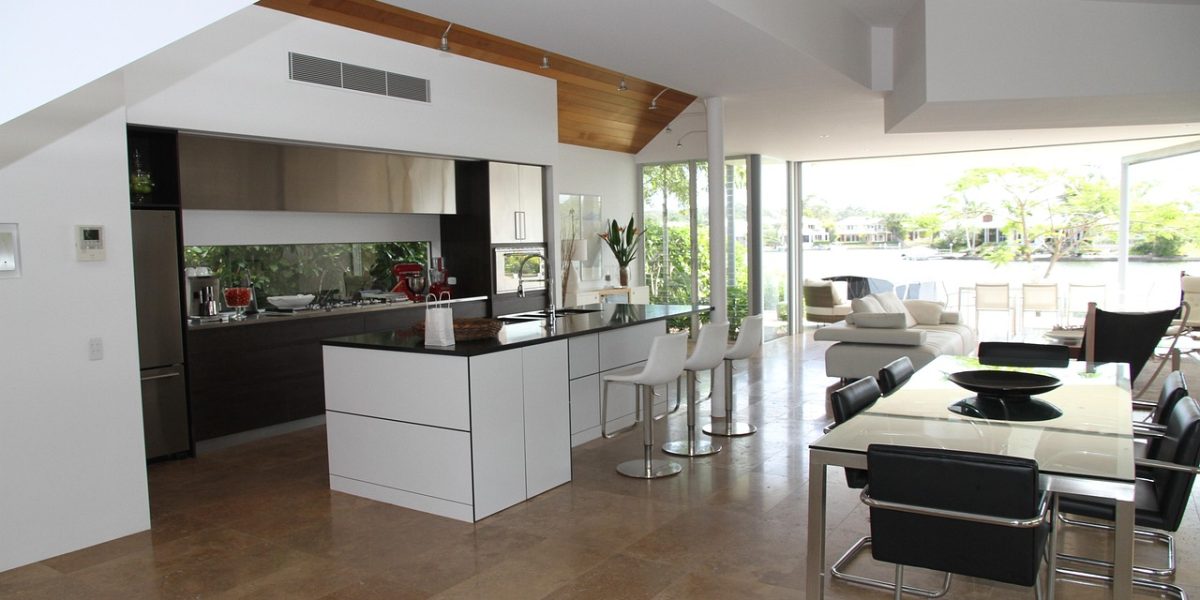
Embarking on a home renovation journey can be an exciting prospect, promising a revitalized living space tailored to your needs. Finding a trusted renovator Toronto residents can rely on is the critical first step to ensuring a smooth and successful project. The right partner will not only deliver high-quality workmanship but also provide a transparent and collaborative process from start to finish.
A Streamlined Approach to Renovations
The traditional method of renovating often involves hiring an architect or designer first and then separately finding a contractor to execute the plans. The design-build model, however, offers a more integrated and efficient alternative.
With a design-build firm like Heidan Construction, you work with a single, unified team that manages both the design and construction phases, making them a trusted renovator Toronto homeowners can count on for a seamless experience. This single point of responsibility eliminates many of the common frustrations associated with home renovations.
When one team handles the entire project, from the initial concept to the final nail, communication is greatly improved. There is no risk of misinterpretation between a designer and a builder, as everyone is on the same page from day one. This collaborative environment fosters creativity and allows for real-time problem-solving, ensuring that the project stays on track and within budget.
This integrated process also means that cost-effectiveness is built in from the beginning. The construction team’s practical knowledge is incorporated into the design phase, helping to identify potential challenges and cost-saving opportunities early on. This proactive approach minimizes the chances of unexpected expenses and delays during the construction process.
Comprehensive Services for Every Need
A truly reliable renovator offers a wide range of services to meet the diverse needs of homeowners. Whether you are planning a complete custom home build, a significant home addition, or a sophisticated kitchen and bathroom remodel, a design-build team has the expertise to bring your vision to life. This versatility ensures that no matter the scope or complexity of your project, it can be handled with professionalism and skill.
Heidan Construction provides a complete project management solution, handling everything from the initial cost consultations and structural designs to securing necessary permits and managing a team of skilled tradespeople. This comprehensive oversight gives homeowners peace of mind, knowing that every detail is being expertly managed. The focus remains on quality craftsmanship and using state-of-the-art materials designed for longevity.
The benefits of working with an experienced design-build firm are numerous and contribute to a less stressful renovation experience. These advantages include:
- A single contract for both design and construction.
- A unified team approach from concept to completion.
- Streamlined communication and a single point of responsibility.
- Faster project delivery due to overlapping design and construction phases.
- Enhanced cost control with early budget management.
- Minimized risks of design errors and misinterpretations.
- Greater collaboration and innovative problem-solving.
- A focus on high-quality materials and craftsmanship.
- Professional management of permits and skilled trades.
- A clear and transparent process for the homeowner.
Your Vision, Expertly Executed
Choosing to renovate your home is a significant investment, and the right partner makes all the difference. By opting for a design-build firm, you are choosing a path of clarity, efficiency, and collaboration. The dedicated team at Heidan Construction is committed to turning your dream of a custom home or renovation into a tangible reality, ensuring a final result that you and your family will enjoy for years to come.



















